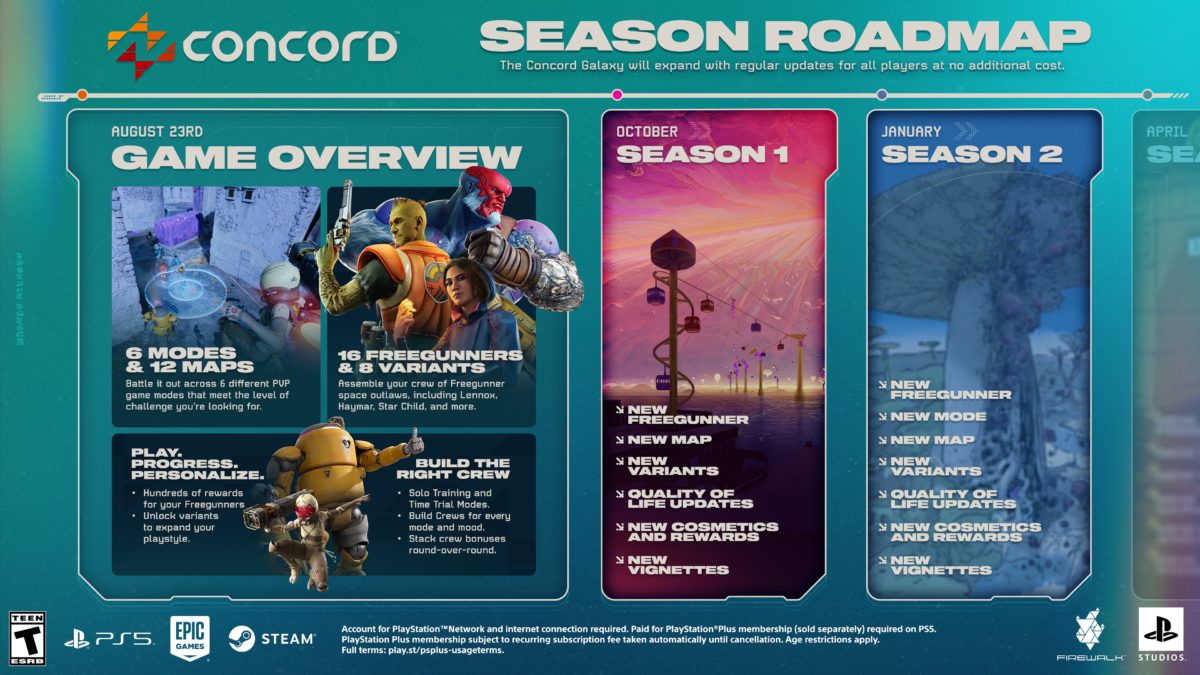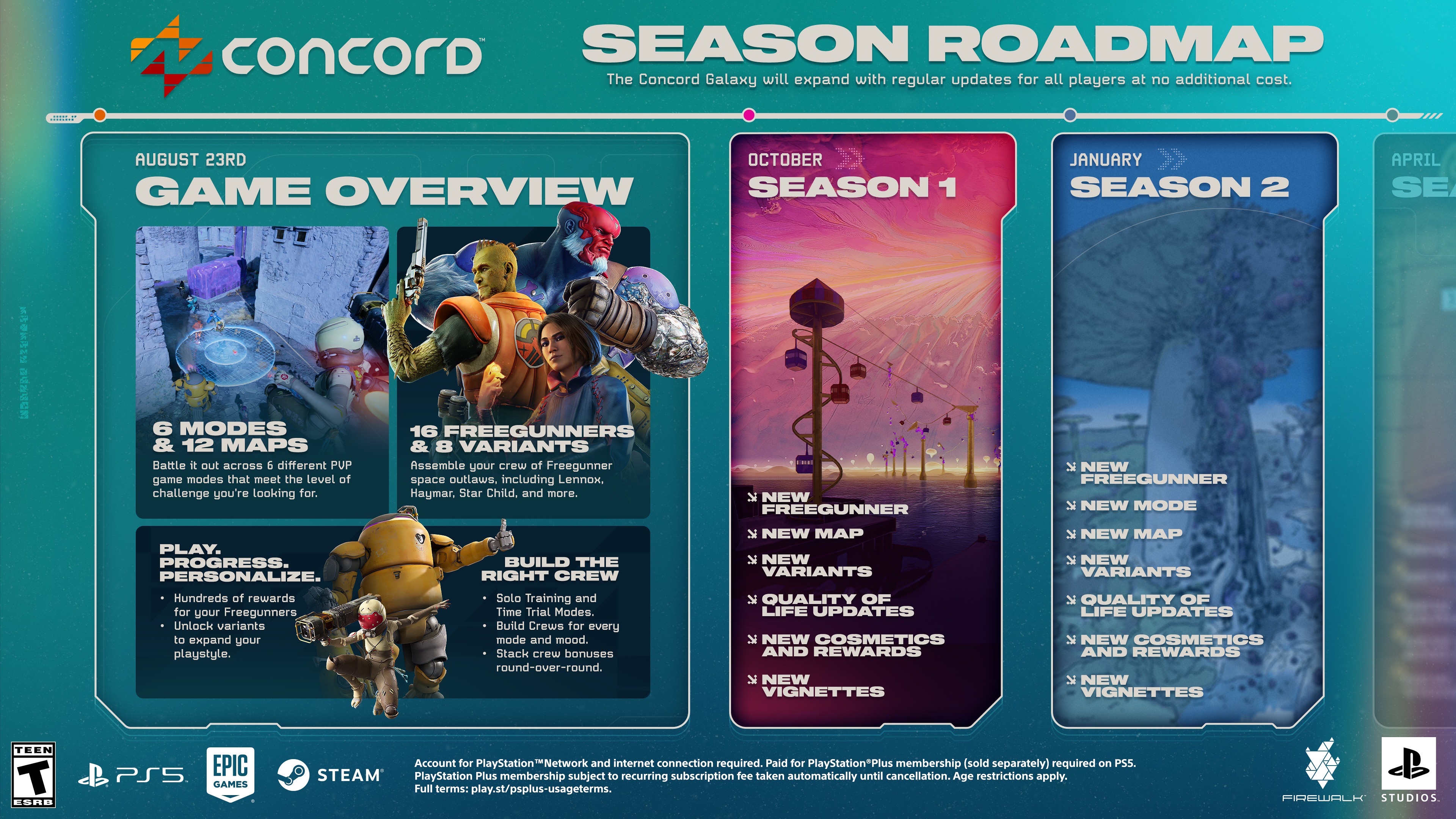There’s a moment right before the start of a ranked RTS match that’s like nothing else I’ve felt in games, and even in Early Access, Stormgate delivers it. I see my name. I see my opponent’s name. I can feel my own heartbeat, and I take a deep breath. Then I’m looking at a colorful command center and a gaggle of workers, and it’s just me and some random stranger fighting it out for glory or ruin. Though it’s visibly lower budget than its Blizzard-made predecessors, Stormgate is moving the basecraft formula forward on a design level in some subtle and not-so-subtle ways.
Unsurprisingly, since it’s made by a bunch of former Blizzard RTS devs, Stormgate has the feel and overall rhythm of a classic Blizzard RTS. At its best, it’s like home cooking for someone who was raised on Brood War and Warcraft 3. I order around my scrappy human Vanguard recruits while zipping back to my base to click an upgrade just at the optimal moment, and I imagine myself like the food critic in Ratatouille being transported back to his childhood. There is something that just works about the mental coordination and almost musical hotkey strokes in this type of game – even all these years later – and developer Frost Giant gets that.
They’ve also clearly put a lot of thought into what could be improved about that experience. And it’s here that I feel like the conversations I’ve had with people glibly calling it “StarCraft 1.5” are not seeing the big picture. On an underlying design level, it’s a thoughtful progression even from the flash and polish of StarCraft 2. And that’s the most important part.
Stormgate sits fairly comfortably somewhere between StarCraft 2 and Warcraft 3 in terms of the moment-to-moment gameplay, though it feels a bit more like the former in skirmish and PvP due to the fact that those modes don’t use heroes. However, like Warcraft 3, both modes feature creep camps – neutral creatures clustered at specific locations – that can be slain for a number of useful buffs from a temporary increase in movement speed to an ongoing trickle of resources. And this ends up creating a lot more interesting decisions in terms of positioning and map control.
Stormgate sits fairly comfortably between StarCraft 2 and Warcraft 3.StarCraft can, at times, feel like fighting with knives taped to a comically long pole, where the main goal is to cut your opponent’s jugular from severa l paces away before they get yours. Camps give you a reason to care about and fight over more places on the map than just yours and your opponent’s expansion bases, which meant I found myself fighting a lot more mid-map engagements of varying sizes. It also allows for more ways to stage an army for a big push, or hold a key junction. Drops and base harassment still happen, but I didn’t feel like they were so ubiquitous. And that’s nice.
That said, PvP balance is definitely still a work-in-progress. We got a patch just last week as I’m writing this addressing some problem match-ups, and it’s a lot of huge, haymaker nerfs and buffs. But I would expect that from a competitive RTS at the beginning of its Early Access journey. Be prepared to face some weird and aggravating nonsense in ranked games while they get that ironed out.
As a Terran and Human main in StarCraft and Warcraft respectively, it’s no surprise that the faction that spoke to me the most in Stormgate was the Human Vanguard. I know, I’m really fun at parties. They play very similarly to a standard RTS faction, making them a great point of entry. But like almost everything in Stormgate, there are little things here and there that raise the skill ceiling a lot.
Vanguard units gain veterancy from fighting, for instance, which increases their stats substantially. This means, to play them at a high level, you want to minimize casualties as much as possible in every engagement. And you especially don’t want to lose your fully-promoted units. This might, unexpectedly, make them one of the most micro-heavy factions if you want to truly master their advantages. And it presents an opportunity for their opponents to focus-fire down veteran units as well. This sort of, “Easy to learn, difficult to master” philosophy is all over Stormgate, and I love to see it.
The Vanguard’s exact opposites are the edgelord Infernal Host, a demonic army from space that can store up summoning charges at their production buildings and amasses energy for their top bar abilities when units die – including their own. They encourage a gleefully swarmy, high-pressure playstyle where you don’t necessarily want to simply throw the lives of your legions away, but you’re not going to sweat the losses as long as you win the battle.
The “Easy to learn, difficult to master” philosophy is all over Stormgate.More killing leads to more demonic power, which can let you drop temporary shroud totems – think of this as their versi on of Zerg creep – and then give a temporary buff to everyone standing around it. If you know how to capitalize on momentum, you can turn one mildly successful push into a runaway victory before the opponent can catch their breath, which is always satisfying.
The Celestial Armada is the faction I’ve spent the least time with overall, and they also seem like the hardest to get into. While the Vanguard accumulates energy over time and the Infernals get it from units dying, the Celestials require a special base structure to generate Power, which is used for global abilities and required to run all of their buildings. I frankly never got the hang of this, but I wasn’t able to spend dozens of hours with every single faction for this Early Access review, so we can put a pin in it. Their units are very slick, and considering how many times I got my ass handed to me by a Celestial player, it seems like they do pretty well at the direction of a seasoned commander.
Up until now, I’ve been mostly talking about the competitive PvP mode, which is where Stormgate currently shines the brightest. So that would make the campaign – which is currently only six, 15- to 20-minute missions, with more to come in the future – sort of the grimy underside. Everything about it feels kind of low budget, though the mission design is reasonably varied and I did enjoy Warcraft loremaster Chris Metzen dealing AOE damage to the scenery as Maloc, a demonic lieutenant straight out of the Saturday morning cartoon realm.
The story is… well, I don’t want to just come right out and spoil it. But there have been many jokes made in the past about how Blizzard knows how to tell exactly one story. And this is that story again, just with different characters. Or at least, it seems to be. Maybe they’ll surprise us in future episodes. Wait, wait, hear me out… what if there were five Frostmournes?
My biggest let-down with the campaign, though, in addition to the fact that you can finish it in an afternoon, is that it only features the Vanguard as playable so far. I’m sure there are Infernal and Celestial chapters planned. But compared to even StarCraft 1, in which we spent multiple hours with each faction, I think this really hurts the onboarding. You get a decent idea of what the humans are about by playing as them, and a fair bit of info on the Infernals by fighting against them. But the Celestials haven’t even shown up yet.
The currently brief, Vanguard-only campaign really hurts onboarding.That means one of the game’s three playable factions has barely any lore context at the moment, which makes it hard for me to get excited about them. What are they even doing here? What are their ideals? What is their society about? Almost everything we know comes from an announcement trailer and unit descriptions.
Similarly, I’ve always learned how to play each faction in most prior RTSes from their campaign missions first. Different missions can highlight different units or faction mechanics, and ease you into thinking about how to use them. It can be very intimidating to simply jump into PvP and sink or swim. Stormgate currently doesn’t feature much help for new players in terms of how to think about Infernal shroud, or the neat things you can do with Celestial Arcships. There’s a “Learn to Play” link on the main menu, but it just sends you to a web page with some short YouTube videos. I don’t know… does that even count?
Novice players can enable a feature called BuddyBot in non-ranked matches that helps you out with some busywork like base management, but I honestly find this to be the worst kind of assistance. It doesn’t actually teach you how to play. It just does things for you. I’d much prefer a “buddy” that notices when I’m doing things like banking too many resources and pops up with some tips on what I could improve.
The saving grace here might be the 3vAI co-op mode, which lets you pick heroes from each of the three factions and fight for objectives like shutting down enemy spawn points or intercepting convoys. The lower difficulties are very forgiving, and probably the closest thing Stormgate has to a shallow end of the pool where you can start to familiarize yourself with its mechanics. The Warcraft 3-style heroes with hotbar abilities also bring a bit more variety and micro to the formula. And they have some pretty cool meta-progression, including new units that replace some of the base faction ones, like Blockade’s tanky Crusader.
There are only five heroes so far – and one of them is a $10 DLC purchase, which seems a bit steep to me. Also, who is this guy? He looks like a fallen Celestial? What’s the story here? We need more lore!






 powered by BOOM Tech on Xbox Series X|S. Experience how the new physics-informed dynamic tackling system unlocks realistic collisions & new gameplay animations on both sides of the ball. With a reengineered Hit Stick, perfect hit indicator, a new Ball Carrier Balance System, and physics-driven dives, trucks and stiff arms, timing has never been more important as each interaction reflects true-to-life motion and physical outcomes. (BOOM Tech, FieldSENSE
powered by BOOM Tech on Xbox Series X|S. Experience how the new physics-informed dynamic tackling system unlocks realistic collisions & new gameplay animations on both sides of the ball. With a reengineered Hit Stick, perfect hit indicator, a new Ball Carrier Balance System, and physics-driven dives, trucks and stiff arms, timing has never been more important as each interaction reflects true-to-life motion and physical outcomes. (BOOM Tech, FieldSENSE






